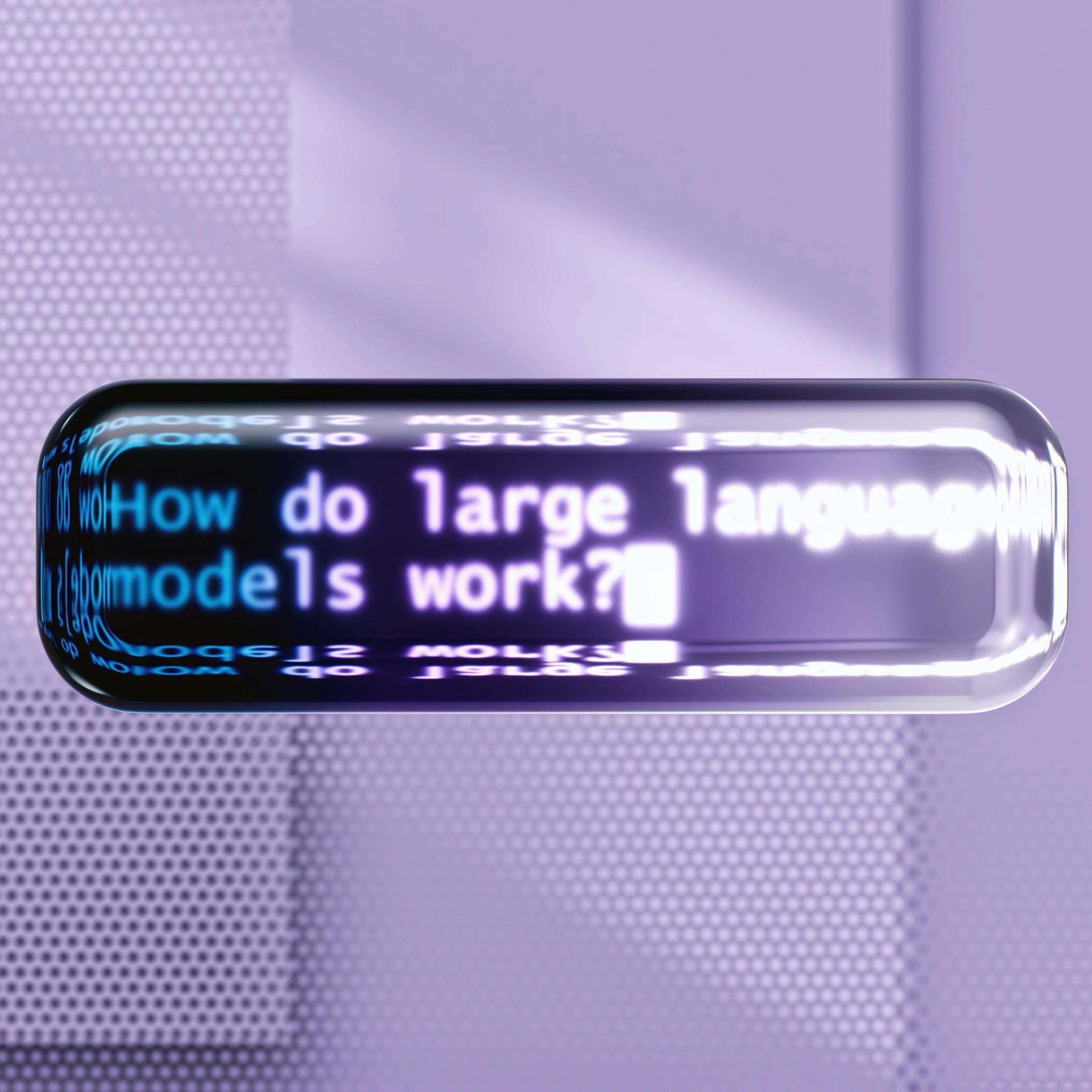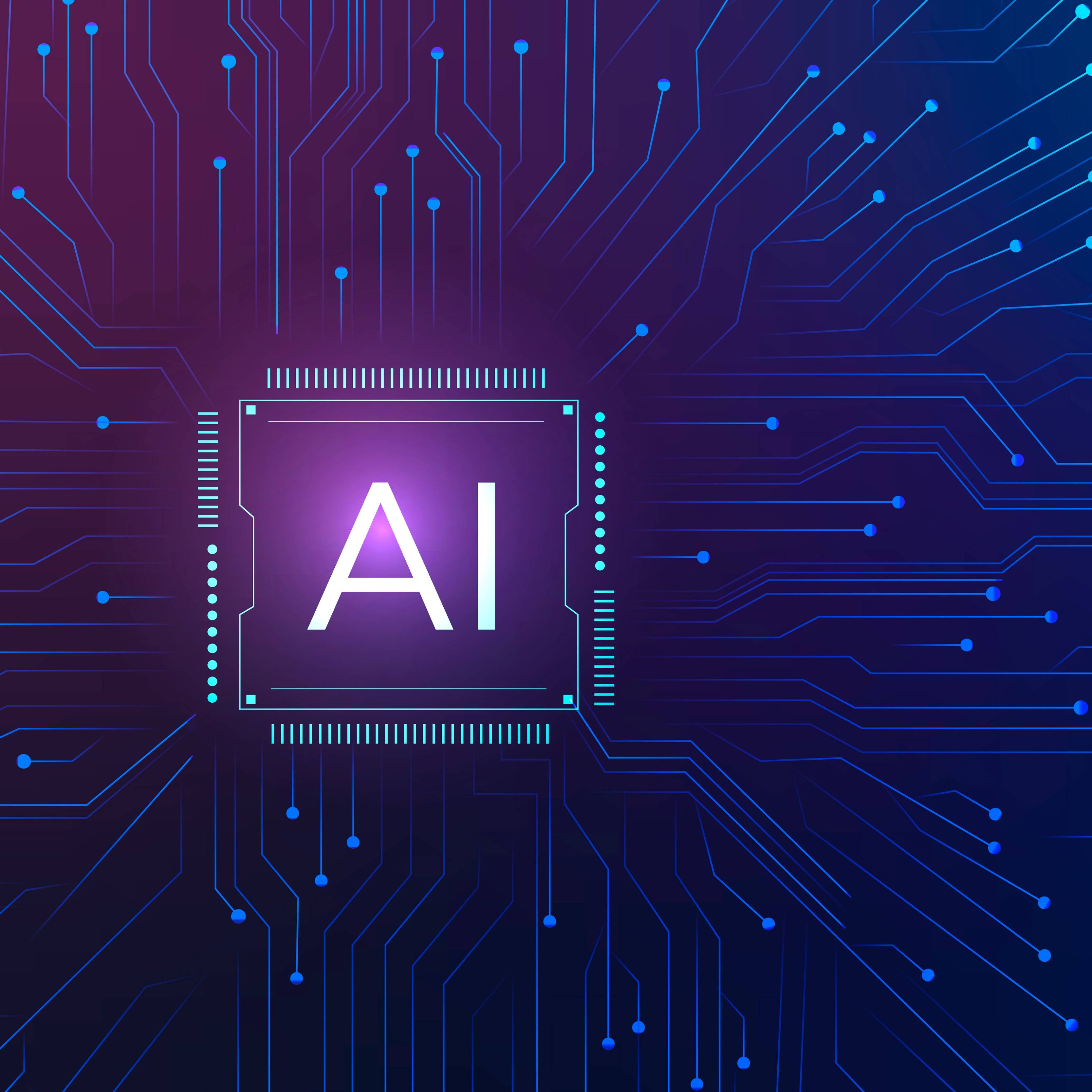Artificial Intelligence in Learning & Teaching

In late 2022, generative artificial intelligence (AI) tools such as OpenAI’s ChatGPT (OpenAI, 2022) became a part of the mainstream with many exploring its capabilities and inspiring curiosity regarding similar tools and their capabilities (OpenAI, 2022). In higher education, this has sparked fresh conversations, led to many questions, and created the need to pivot to consider these new tools in our learning and teaching (Luckin et al., 2018). Two of the biggest questions have been:
- How do these tools fit into the classroom?
- What do educators need to know to navigate this new era?
This page is dedicated to providing information about AI in learning and teaching to help you make the best decisions about the use of AI in your courses and to learn more about these new tools and technologies.
What is Artificial Intelligence?
Generative AI is a type of artificial intelligence that can create new content, like text, imges, video, or music, that looks and sounds similar to what humans would produce. It learns patterns from existing data and uses that knowledge to generate new output.
Understanding Student Usage of AI
Students may turn to AI tools for many reasons—whether it's to save time on a task or to try out new ways of learning and solving problems. Understanding these motivations is an important step in having open and meaningful conversations about AI in the classroom. In this section, you’ll find tips for talking with students about AI, advice on creating AI-related syllabus statements, and guidance on how students can properly cite and acknowledge AI in their work.
Using AI in Learning and Teaching
AI tools are transforming education, presenting both exciting possibilities as well as unique challenges. For educators, this means finding ways to reflect on AI use and redesign course content to address unauthorized AI usage while also exploring how these tools can enhance learning and teaching. This section offers practical strategies to minimize unauthorized AI usage as well as provide suggestions on how to incorporate AI into your courses in meaningful, ethical, and engaging ways.
References:
Since AI is rapidly changing and evolving, it is important to continue to learn about these tools and developments within AI that can impact our personal and professional lives. If you would like to learn more about AI, the sources below can be a great start!
Past Panel Discussions
Trends and Tips: Assessment in the Classroom (2/2/23): PowerPoint | Recording | LibGuide | Blog Post | Chat Resources
Trendends and Tips: AI Bots in Your Classroom-A New Era of Teaching and Learning (4/11/23): PowerPoint | Recording | LibGuide | Chat/Breakout Room Resources
Embracing AI, Preserving Integrity: Navigating the Generative AI Challenge (9/8/23): PowerPoint | Recording
Exploring Generative AI in Teaching and Learning: A Student's Perspective (11/20/23): PowerPoint | Recording
Chat Conversations with Chat GPT (thanks to Kristen Slovak!):
Past Workshops
Generative AI in Higher Education: A Crash Course for Faculty and Staff (2/15/24): PowerPoint | Recording
Generative AI in Higher Education: A Deep Dive Into Assessment Redesign (2/29/24): PowerPoint | Recording
Generative AI Boot Camp: How Can AI Make Your Life as a Professor Easier? (3/28/24): PowerPoint | Recording





